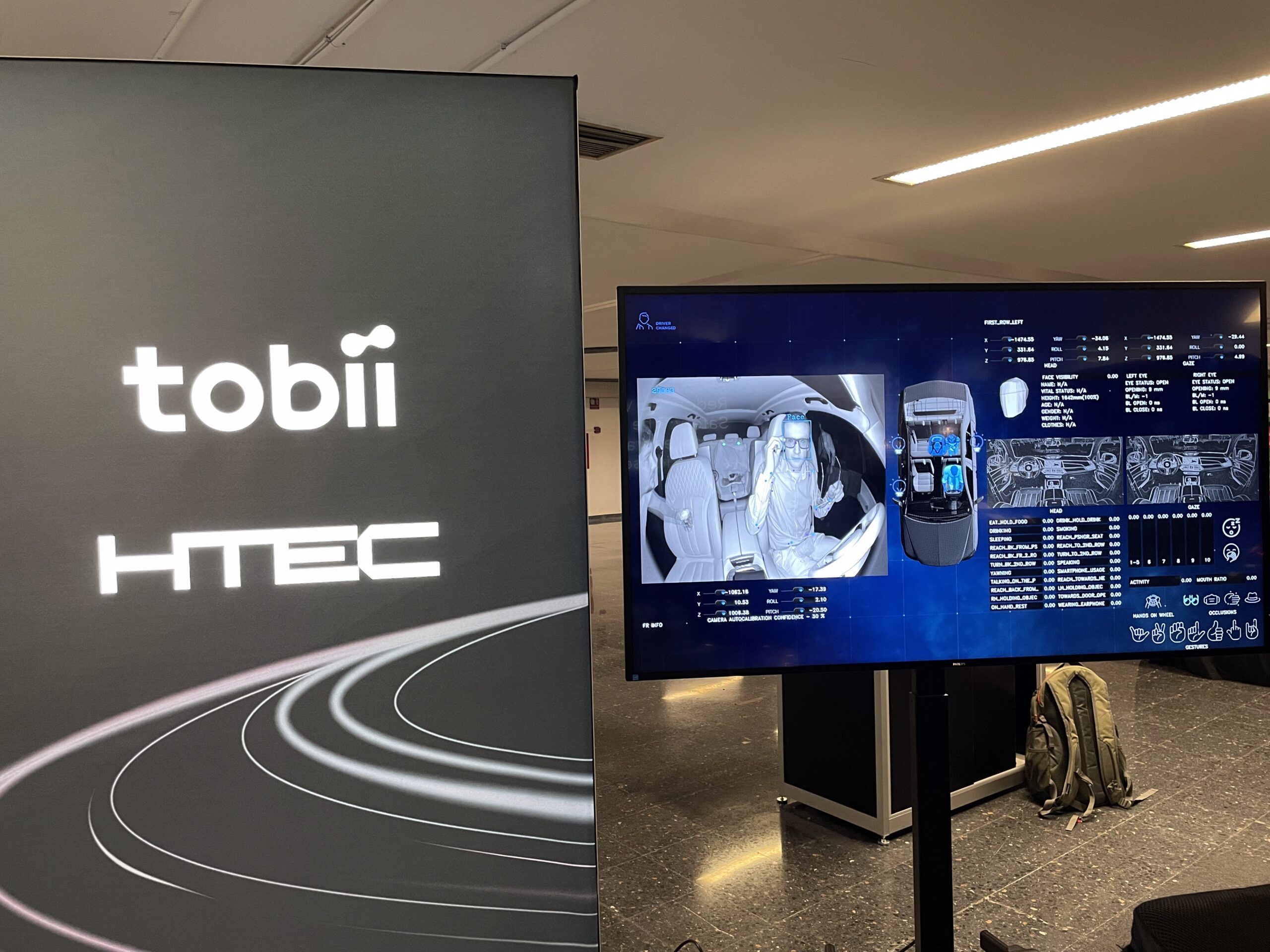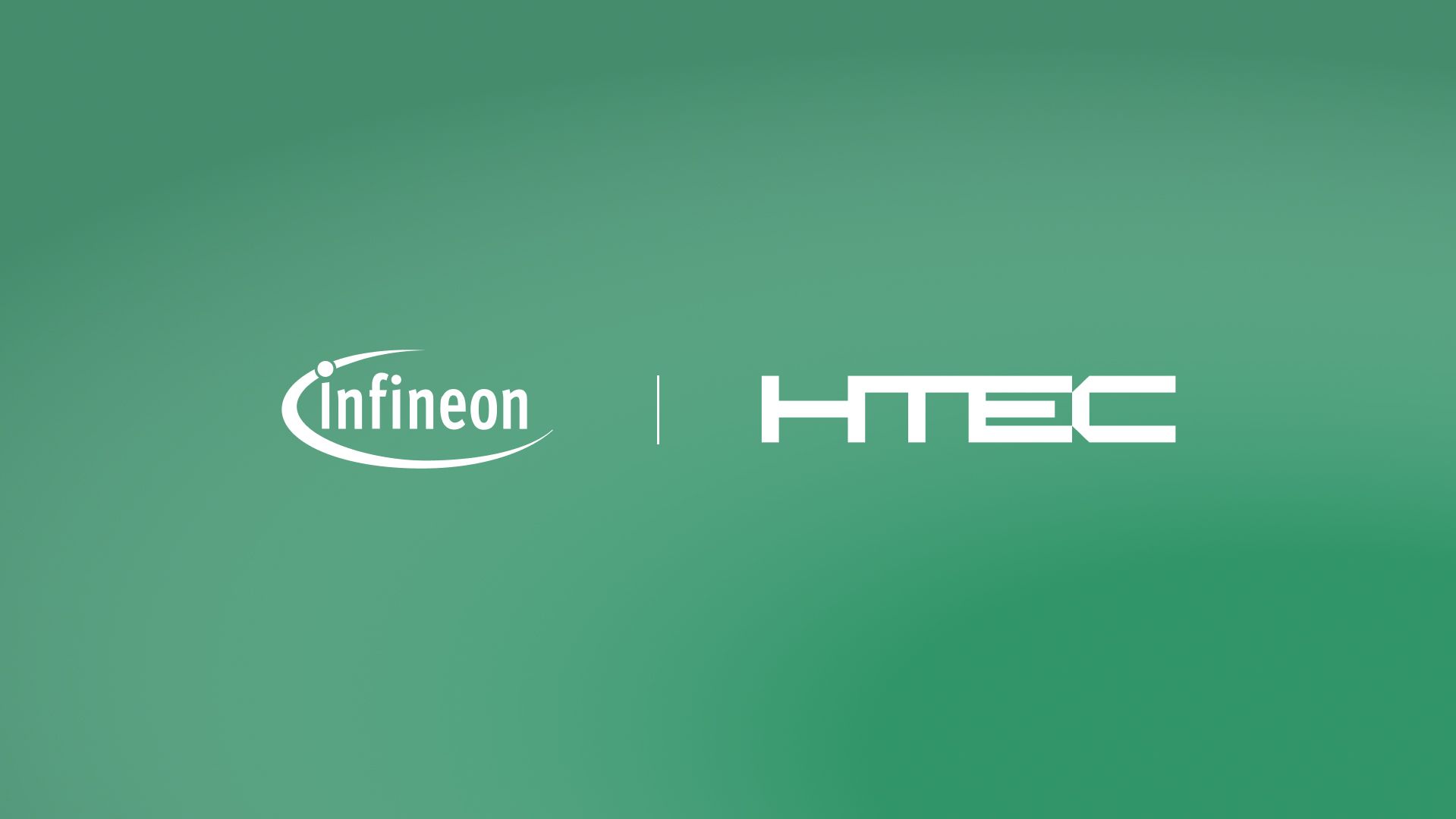Vehicles are evolving toward higher levels of automation, where in-cabin sensing has become a critical pillar of safety and comfort. Automakers prioritize technologies that help prevent accidents, protect occupants, and create safer driving environments by monitoring driver attention, occupant presence, and subtle physiological or behavioral cues that signal risk or discomfort.
While camera-based systems currently dominate, the industry is beginning to explore sensor fusion that combines technologies such as camera, radar, thermal, and time-of-flight sensors to achieve richer, more reliable interior perception. Still an emerging approach, fusion has the potential to overcome the environmental and spatial limitations of single-sensor systems, enabling accurate detection in low-light or obstructed conditions.
The focus on driver and occupant monitoring systems (DMS/OMS) has shifted from exploring if they will become standard to examining how quickly automakers can deploy production-ready technologies to meet Euro NCAP’s 2026 and other global safety requirements. Similar initiatives across North America and Asia are reinforcing a worldwide move toward vehicle interior intelligence that minimizes human error and makes driving safer for everyone.
Challenge: Redefining reliability and cost efficiency in in-cabin sensing
Automakers face growing pressure to enhance in-cabin intelligence and meet the ever-increasing safety demands and edge-cases without adding hardware complexity or cost. Traditional multi-camera architectures, though effective in capturing multiple perspectives, have proven expensive, difficult to scale, and inefficient for mainstream adoption. Each additional camera brings higher component and calibration costs, greater wiring complexity, and increased processing demands limiting the solution’s feasibility across different vehicle segments.
Even more critically, multi-camera systems struggle in the conditions of low light, glare, or obstructed views. These elements can easily disrupt visual sensing, leaving blind spots that reduce reliability in safety-critical scenarios such as drowsiness detection, driver distraction, or child presence monitoring.
To overcome these limitations, Tobii, HTEC, D3 Embedded, and Texas Instruments set out to explore an alternative approach: sensor fusion that combines a single camera with radar technology to deliver full-cabin coverage and improved robustness under any condition. By merging complementary sensing modalities, the team aimed to achieve a system that maintains accuracy even when the camera’s line of sight is obstructed, detecting motion, presence, and vital signs in complete darkness or challenging environments.

The Tobii-HTEC-D3 Embedded-Texas Instruments camera-radar fusion technology debuted at InCabin Europe conference 2025 in Barcelona. Read more about the event in our blog post.
This concept directly addresses what automakers value most: a simpler, more scalable architecture that doesn’t compromise on the robustness of safety features while lowering system cost and meeting Euro NCAP’s upcoming 2026 driver and occupant monitoring requirements. The challenge was to prove that one fused device could do what previously required several, without compromise.
Solution: Achieving advanced sensing on an entry-level platform
To overcome the cost and complexity of multi-camera systems, HTEC initiated a collaboration with Tobii and Texas Instruments to create a more efficient, scalable approach to in-cabin monitoring. The goal was clear: achieve the same rich feature set of high-end systems on an affordable, entry-level chip, thus making advanced in-cabin safety accessible for a broader range of vehicles.
HTEC proposed and engineered a single-camera and radar fusion solution built on Texas Instruments’ automotive-grade TDA4VEN processor, part of the Jacinto™ 7 family. The platform was chosen for its balance of affordability and performance—capable of handling advanced Edge AI workloads and Tobii’s deep learning visual-based models while keeping hardware requirements low. By optimizing and porting algorithms onto this SoC, HTEC proved that high-end functionalities can run efficiently even on cost-optimized hardware, paving the way for more inclusive safety adoption across vehicle segments.
HTEC’s role was central in enabling and optimizing the fusion stack. Leveraging its deep expertise in Texas Instruments hardware accelerators and end-to-end ADAS integration, HTEC handled algorithm porting, model optimization, and system-level integration of radar, camera, and sensor logic. The result is a fully functional, fusion solution that brings robust in-cabin sensing—with drowsiness, distraction, vital signs, and occupant presence detection—to vehicles at a lower cost and with reduced hardware footprint.
Success: The next generation of accessible fusion-based interior sensing
By successfully packing Tobii’s state-of-the-art interior sensing capabilities onto a low-cost Texas Instruments platform, HTEC and its partners proved that intelligent in-cabin monitoring doesn’t have to be a premium feature. It can be efficient, scalable, and accessible, even for automakers’ entry-level models.

Our camera-radar fusion technology at InCabin Europe conference.
The resulting system meets Euro NCAP 2026 requirements, enabling reliable driver and occupant monitoring that enhances both safety and comfort. It ensures full visibility throughout the cabin by combining the STMicroelectronics VG5761 image sensor known for its high dynamic range and low-light performance with Texas Instruments’ AWRL6844 mmWave radar, operating in the 60 GHz band. This radar extends sensing capability beyond line of sight, detecting occupant presence, micro-movements, and vital signs even in complete darkness or when visibility is obstructed.
The approach also significantly reduces system cost. The TI AWRL6844 radar is a cost-effective alternative to additional cameras, providing depth and motion detection without complex calibration or wiring. When paired with the TDA4VEN processor, the fusion achieves high computational performance at an entry-level price point, signaling a breakthrough that makes comprehensive in-cabin safety feasible for high-volume, cost-sensitive vehicle segments.
By demonstrating that camera–radar fusion can deliver high accuracy and reliability on affordable hardware, HTEC and its partners have redefined what’s possible in interior sensing. This technology brings OEMs a scalable path to meet strict global safety regulations while improving passenger protection and user experience, marking a pivotal step toward the next generation of intelligent, fusion-based vehicle safety.





